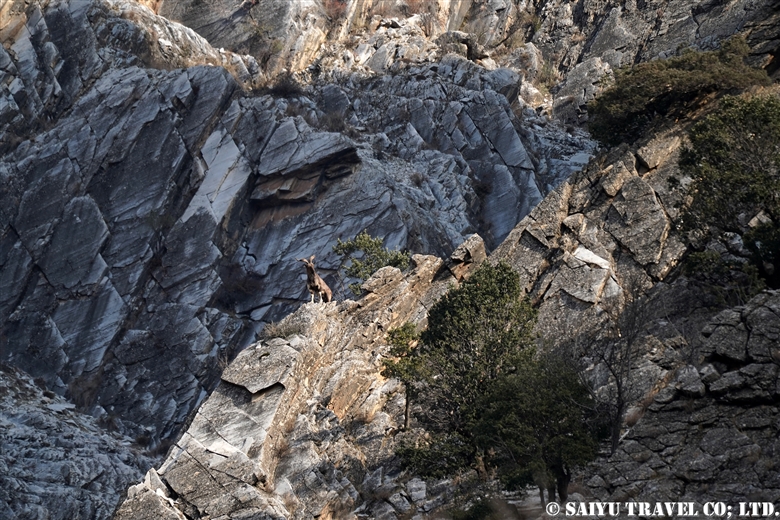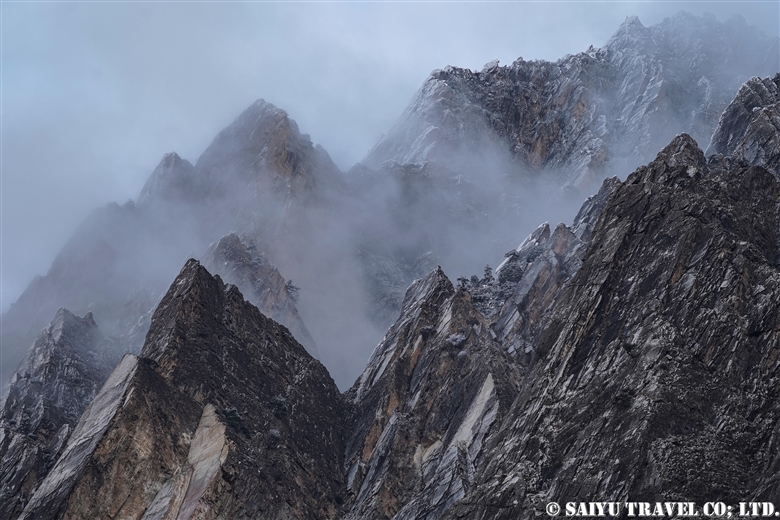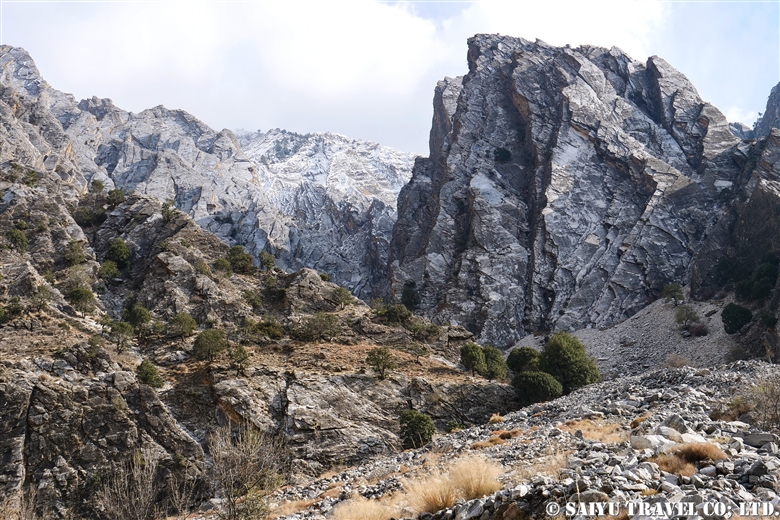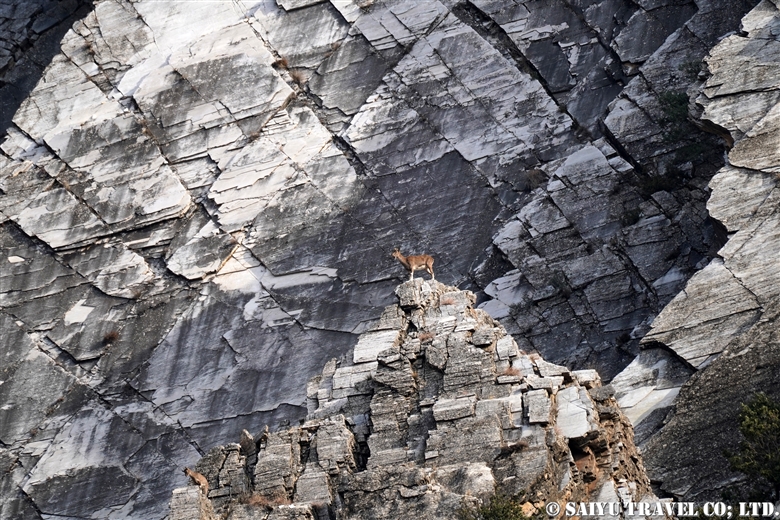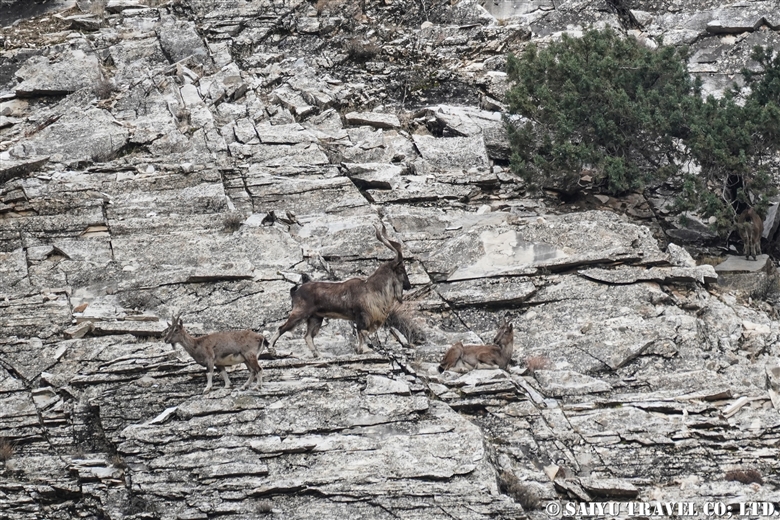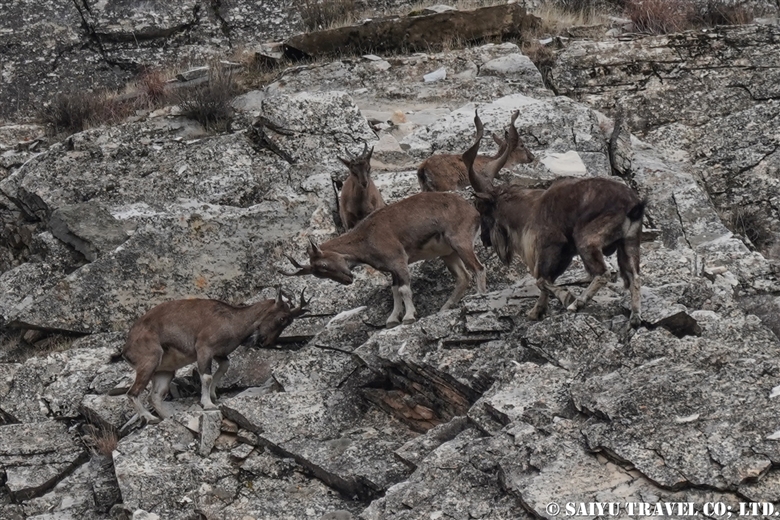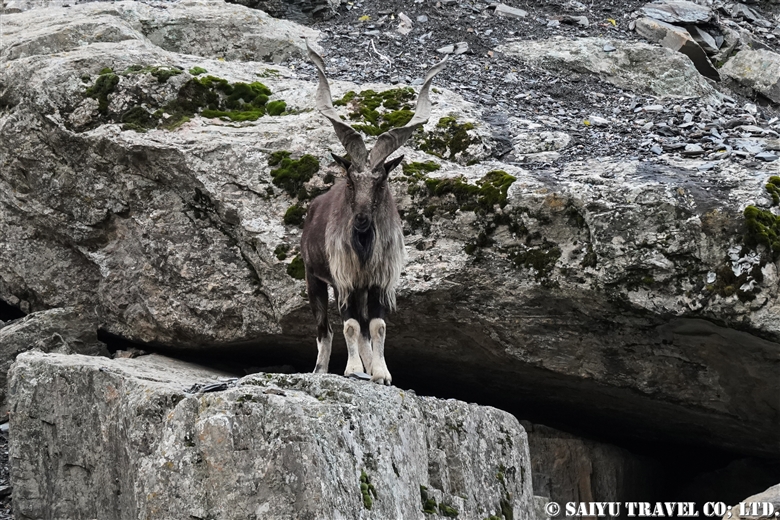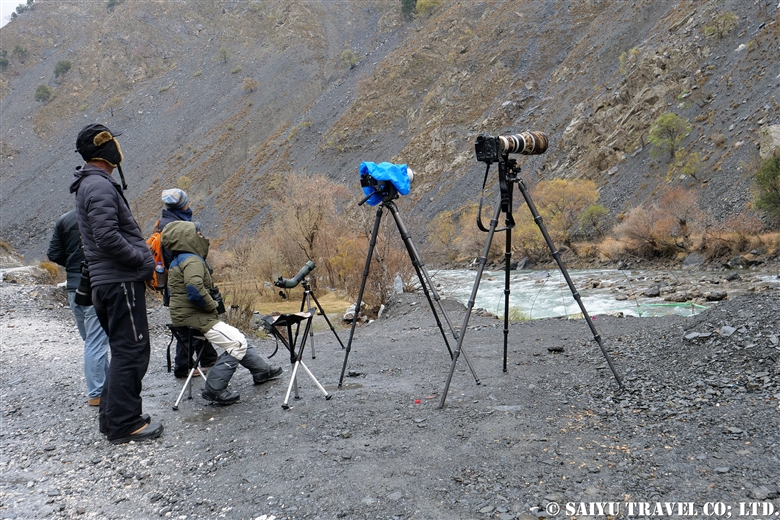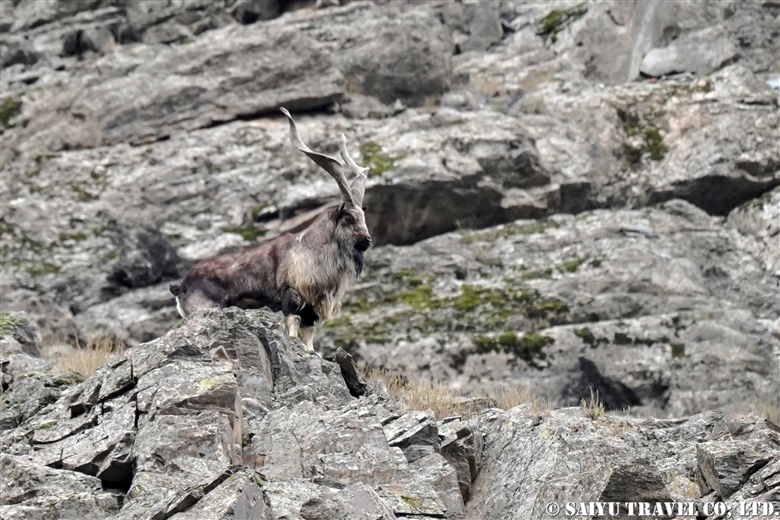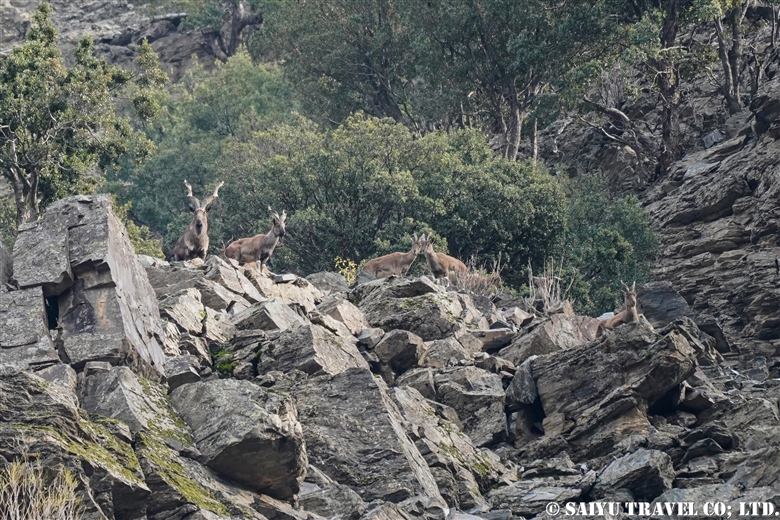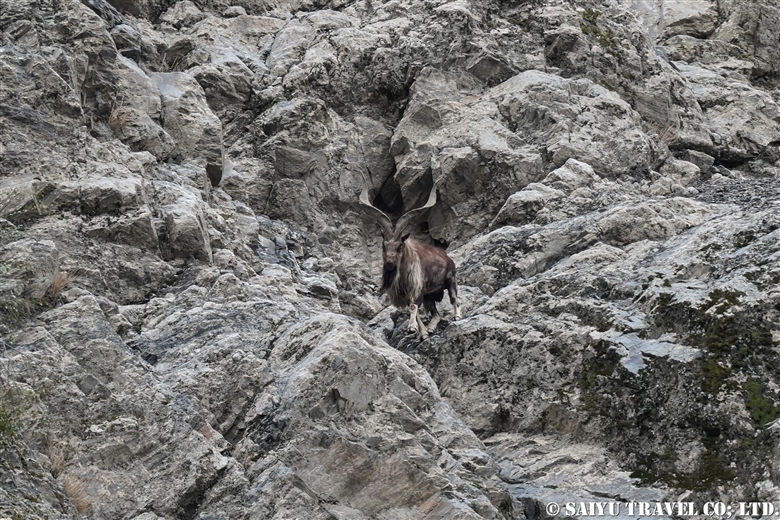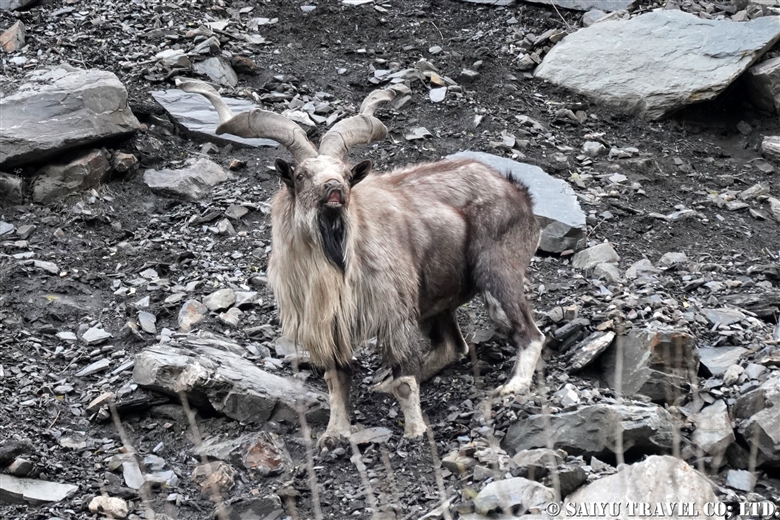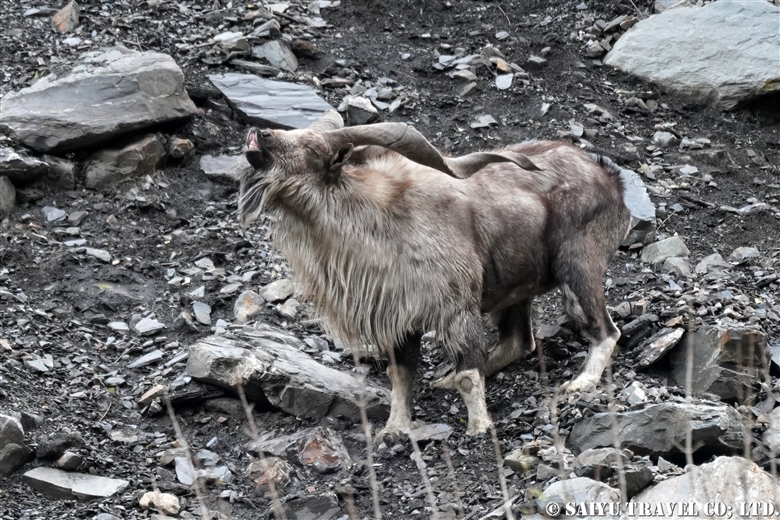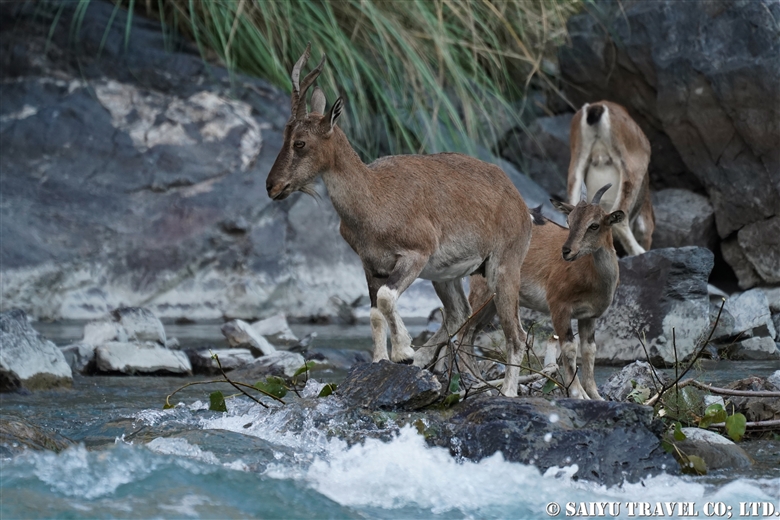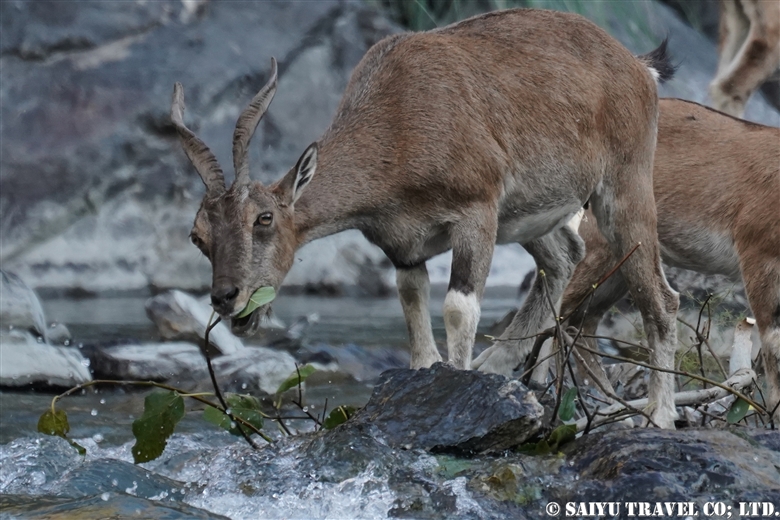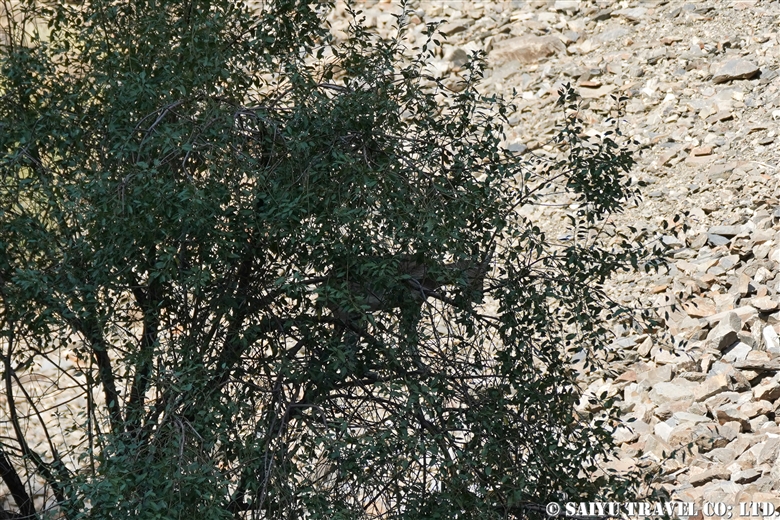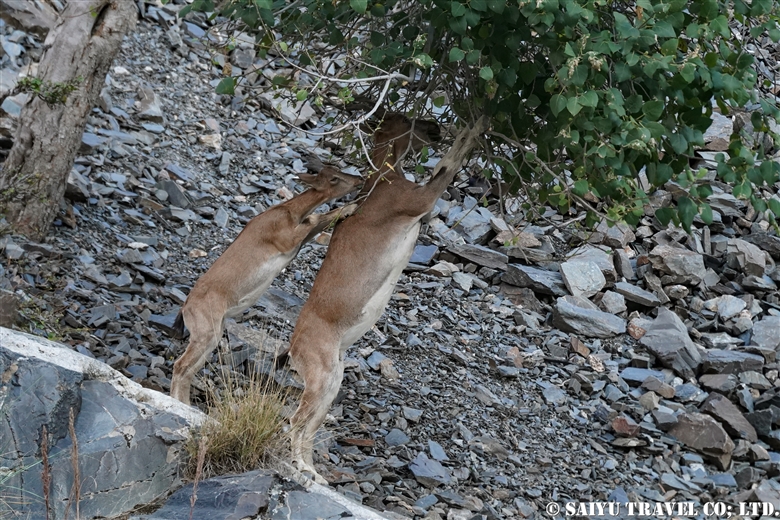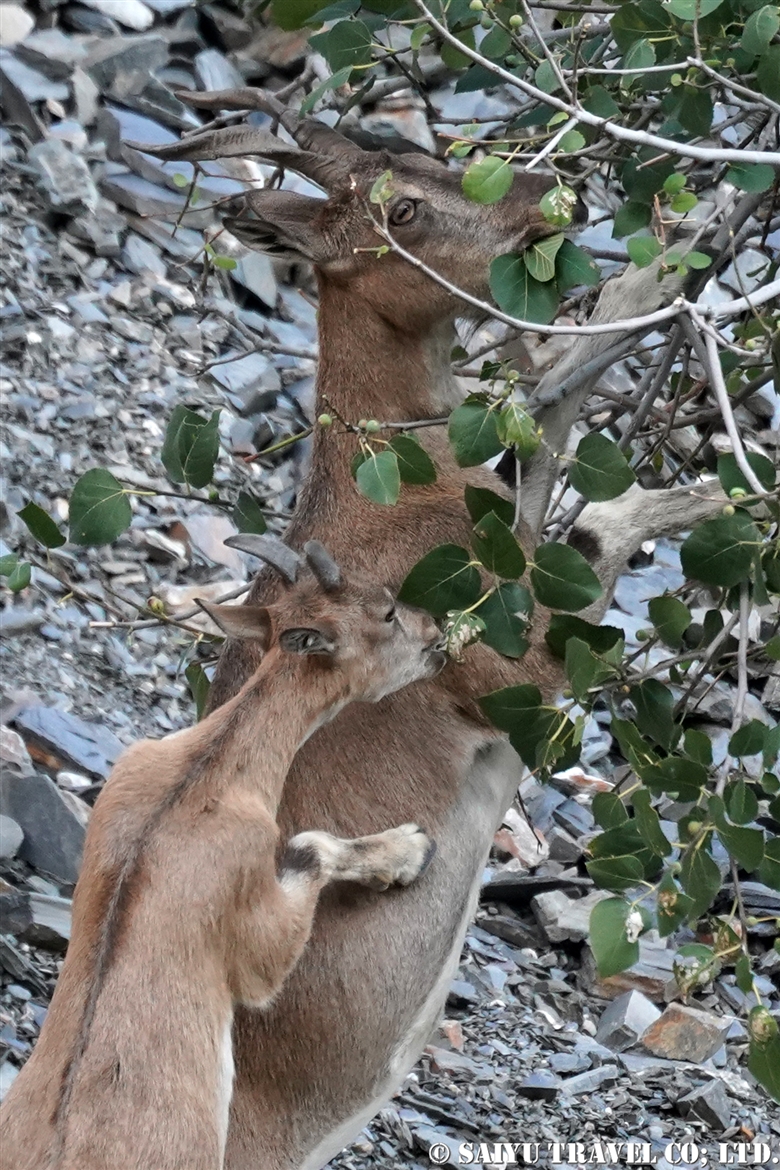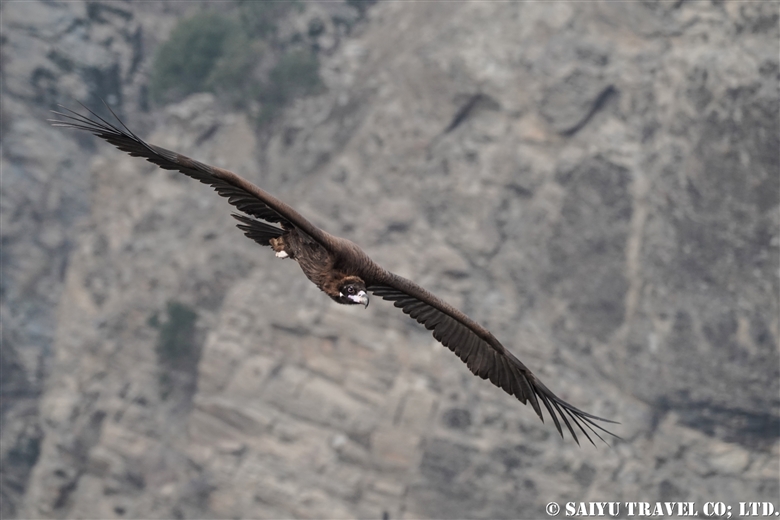
The Cinereous Vulture, a black vulture observed in Chitral Gol National Park in Khyber Pakhtunkhwa. Cinereous means “gray” in Latin but it is also known as the Eurasian Black Vulture.
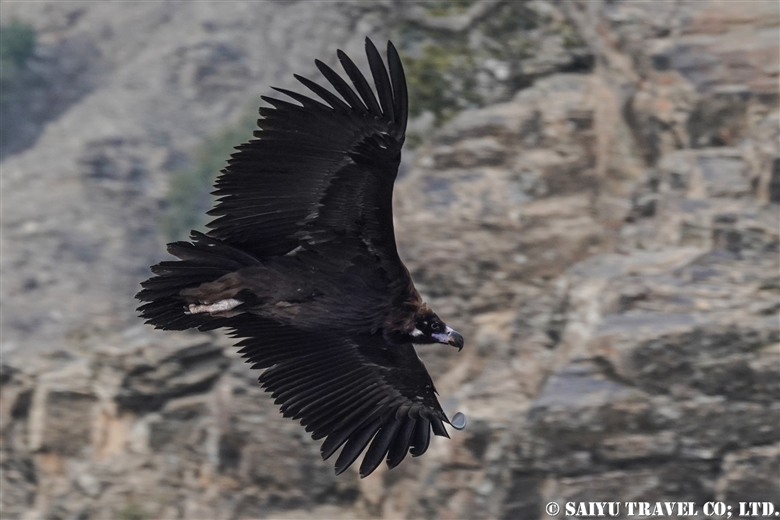
Cinereous Vulture is a large vulture that lives in the mountainous areas of Central Eurasia. On the Eurasian continent, it is a large vulture just like the Himalayan Griffon Vulture, with an open wingspan of nearly 2.5 to 3 meters wide and is quite a heavy vulture.
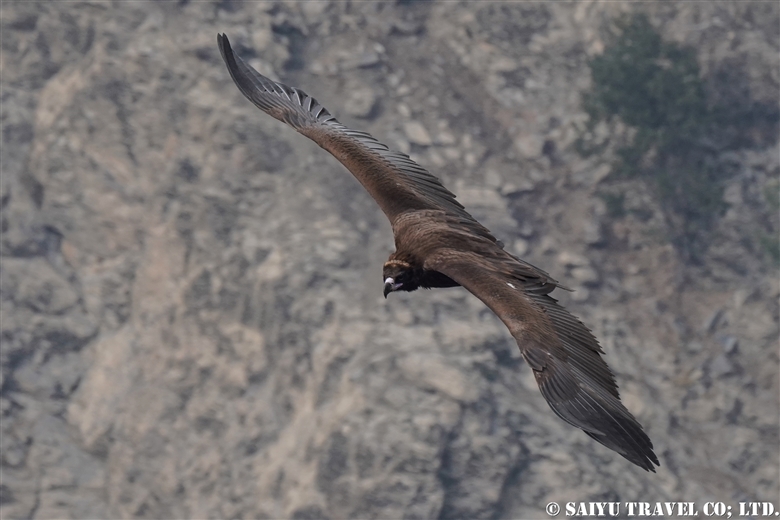
From a distance, the Cinereous Vulture looks black except for small portions of the head and beak. The mature birds have a bit of light brown on parts of the head and the neck feathers. The younger birds are an overall darker color. So it looks like the bird in this photo is still a young bird.
In general, Cinereous Vulture use the plains and deserts during the winter and spend their time roosting on cliffs. But I wonder if it is because it’s a young bird that this guy is in the mountainous areas above 3,000 meters during the winter time?
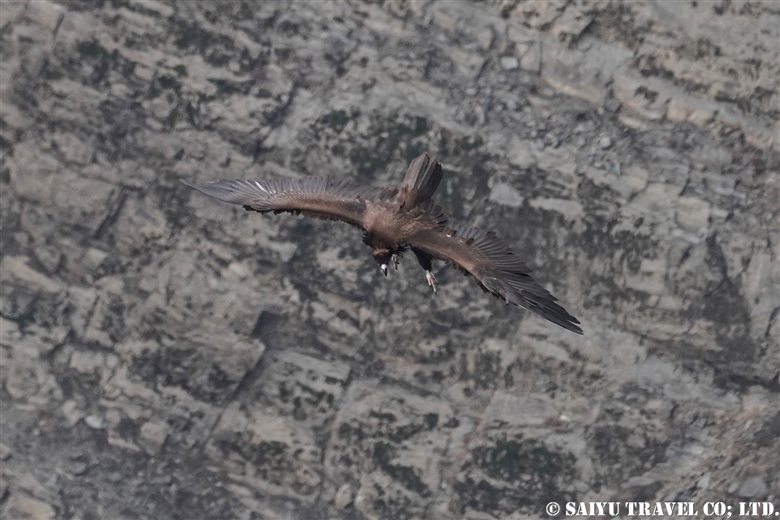
It might be confused because it was mixed in with the Himalayan vultures? Anyway, look like it has found some food as the Cinereous Vulture has their landing gear down!
Photo & Text: Mariko SAWADA
Observation: Dec 2020, Chitral Gol National Park, Chitral, Khyber Pakhtunkhwa
Tag : Chitral , Pakistan Travel company , Chitral Gol National Park , Pakistan tour operator , Khyber Pakhtunkhwa , Pakistan Photography Tour , Pakistan Blog , Birds Photography Pakistan , Pakistan Travel Blog , Bird watching tour in Pakistan , Tooshi Game Reserve , Wildlife tour in Pakistan , Wildlife of Pakistan , Cinereous Vulture , Indus Caravan , Eurasian Black Vulture , Bird watching in Pakistan , Birds of Pakistan , Saiyu Travel Pakistan





